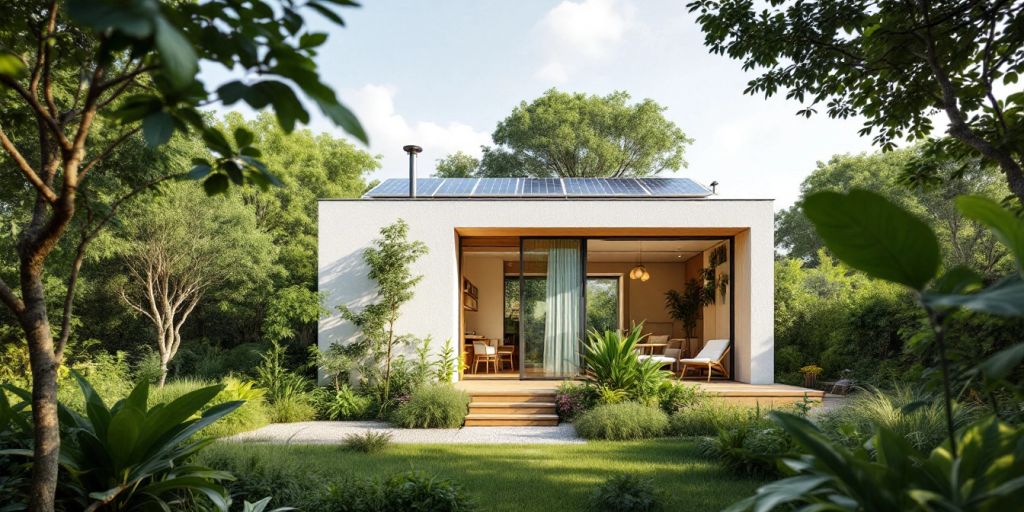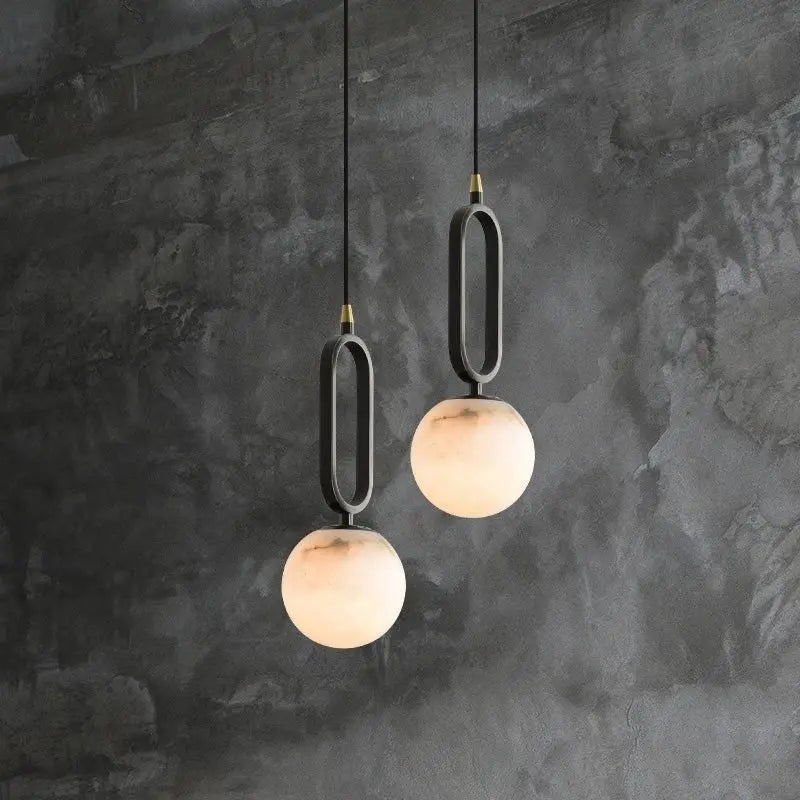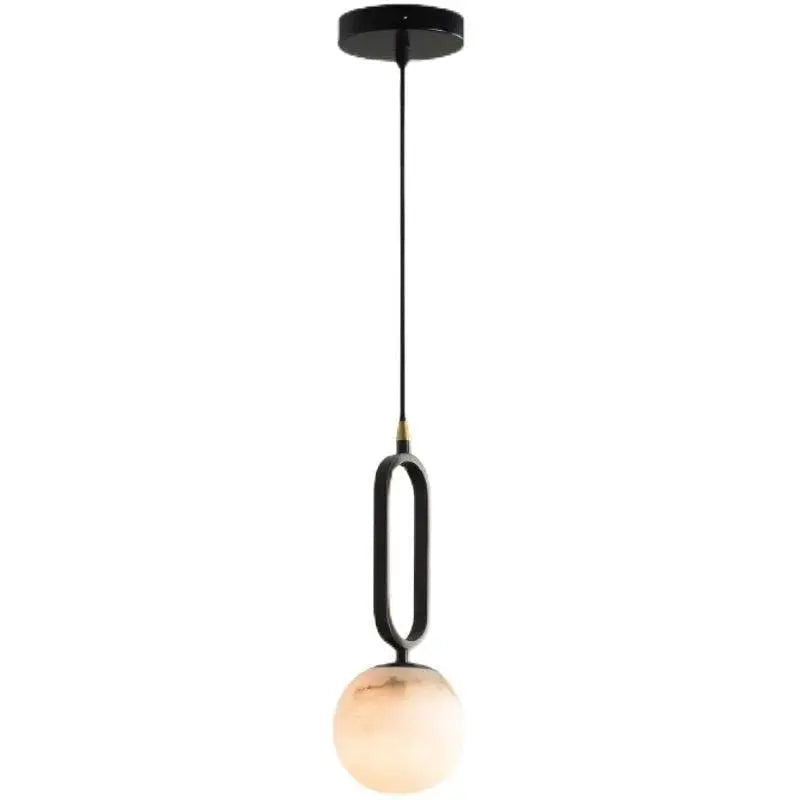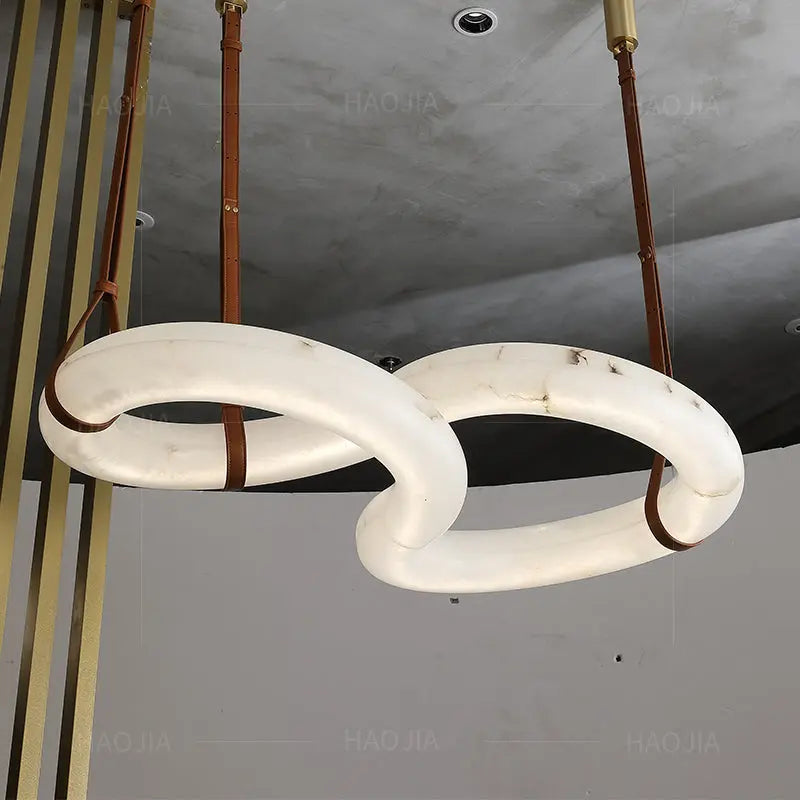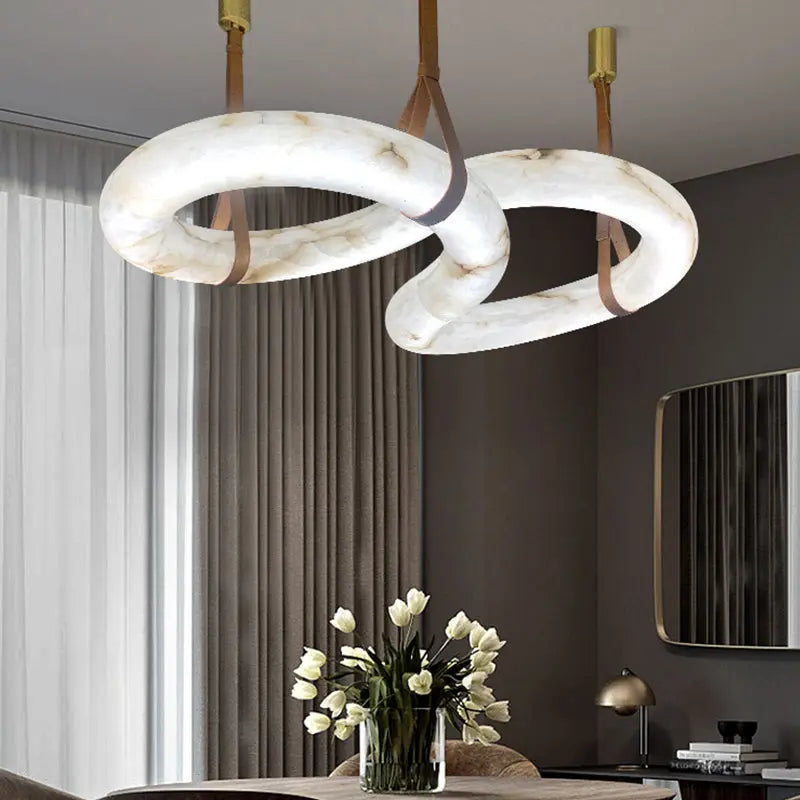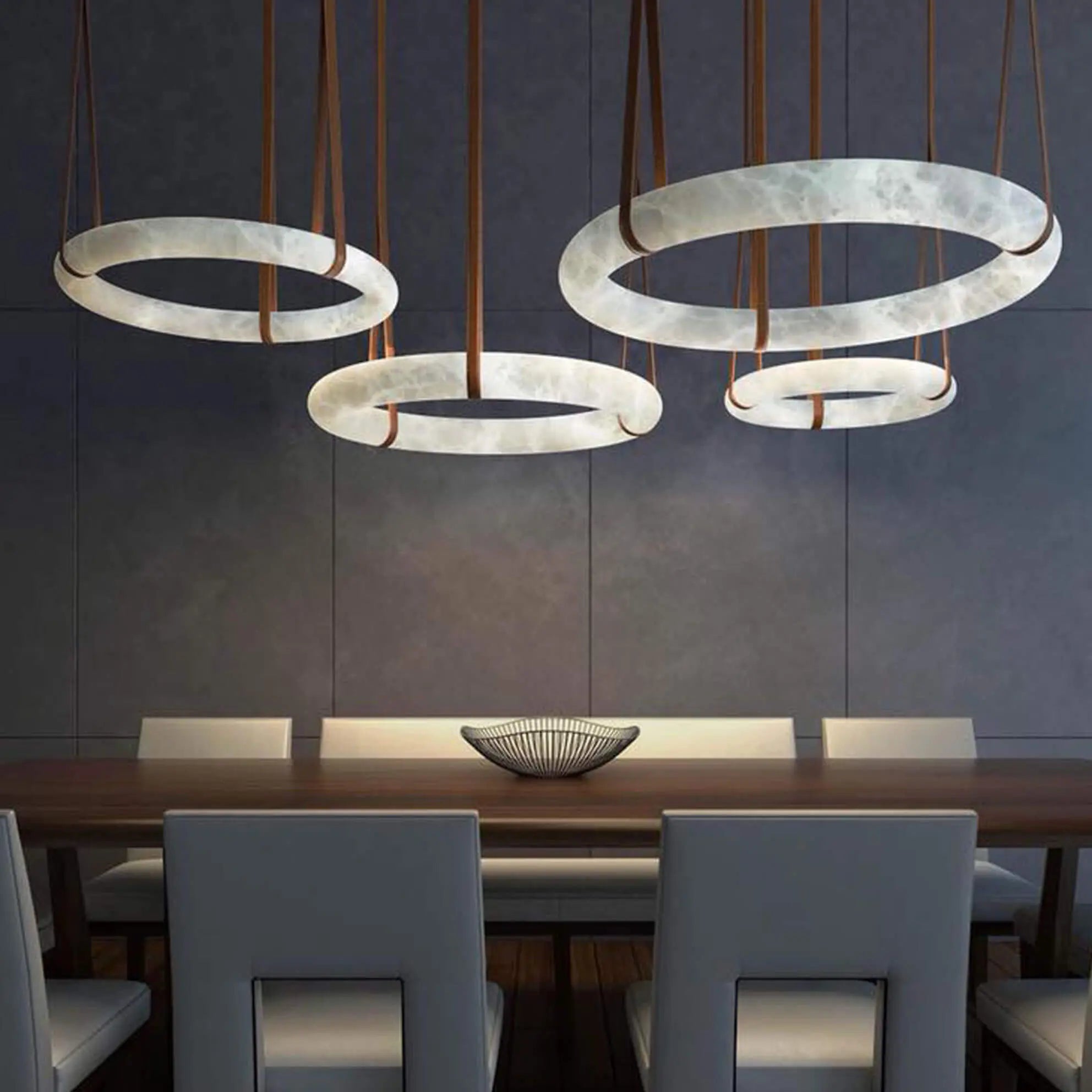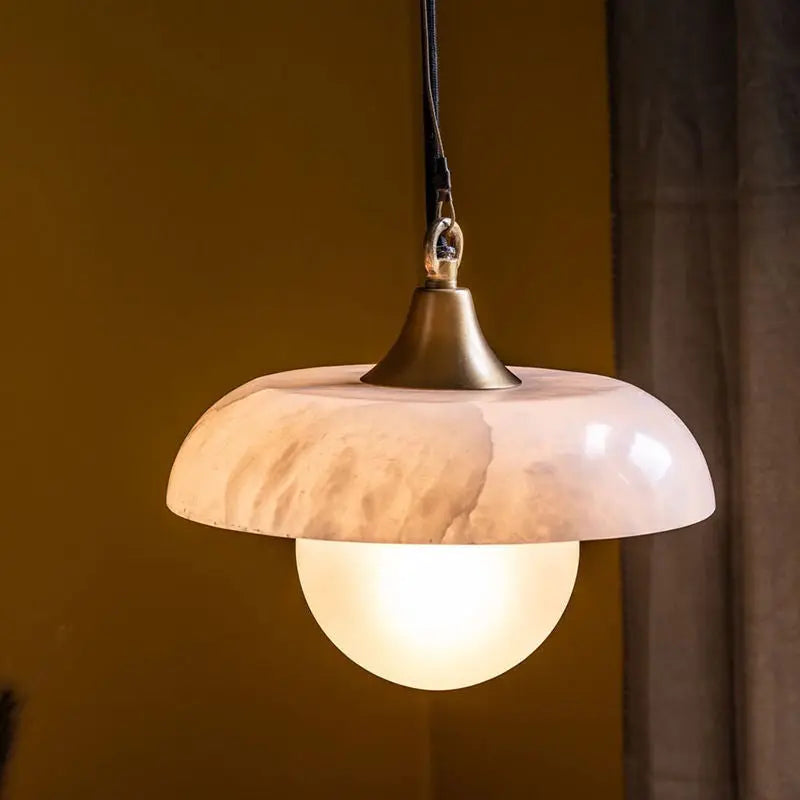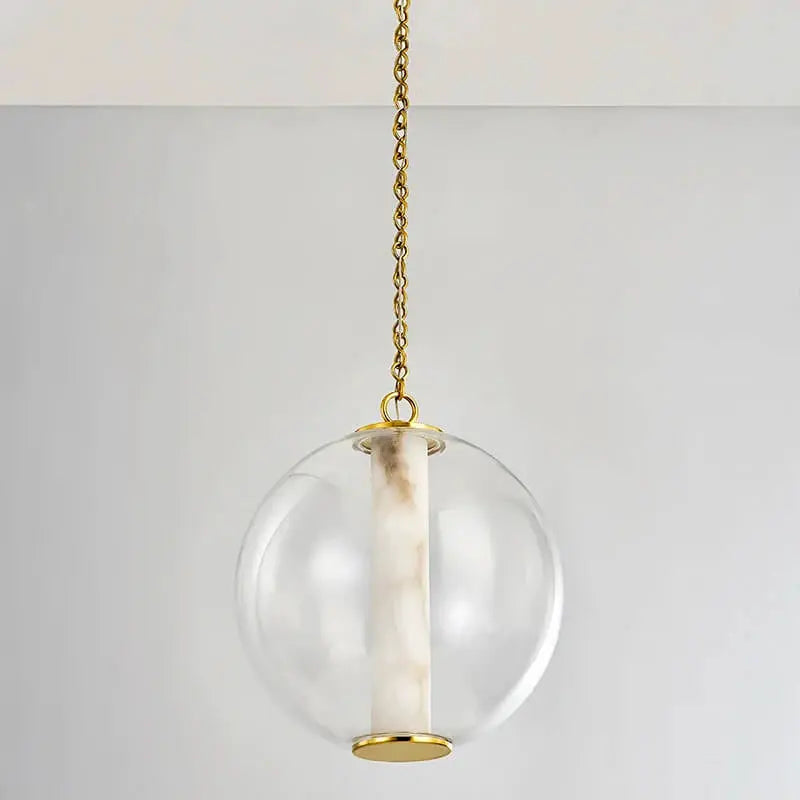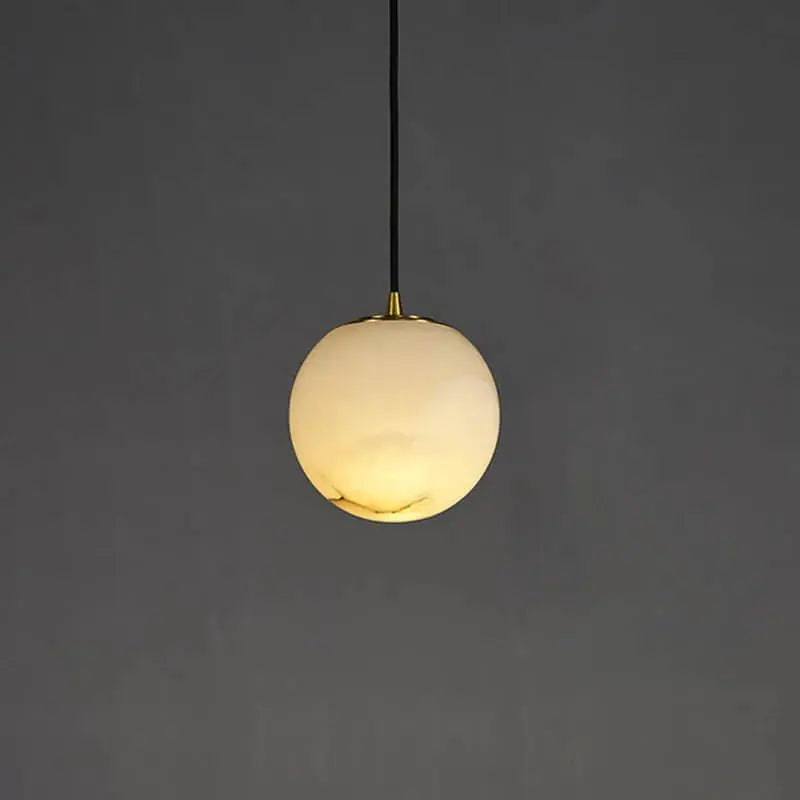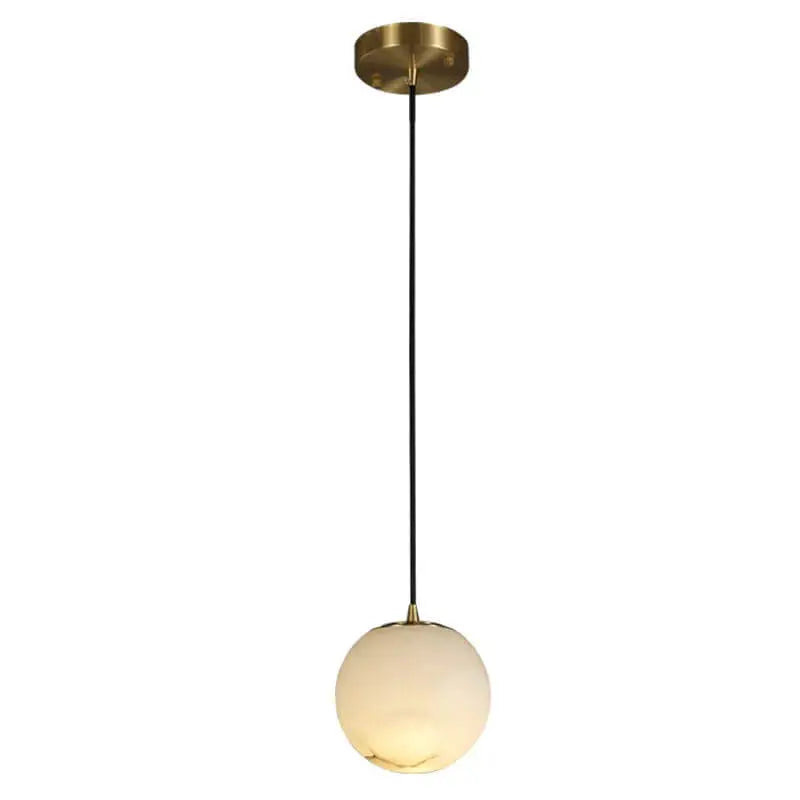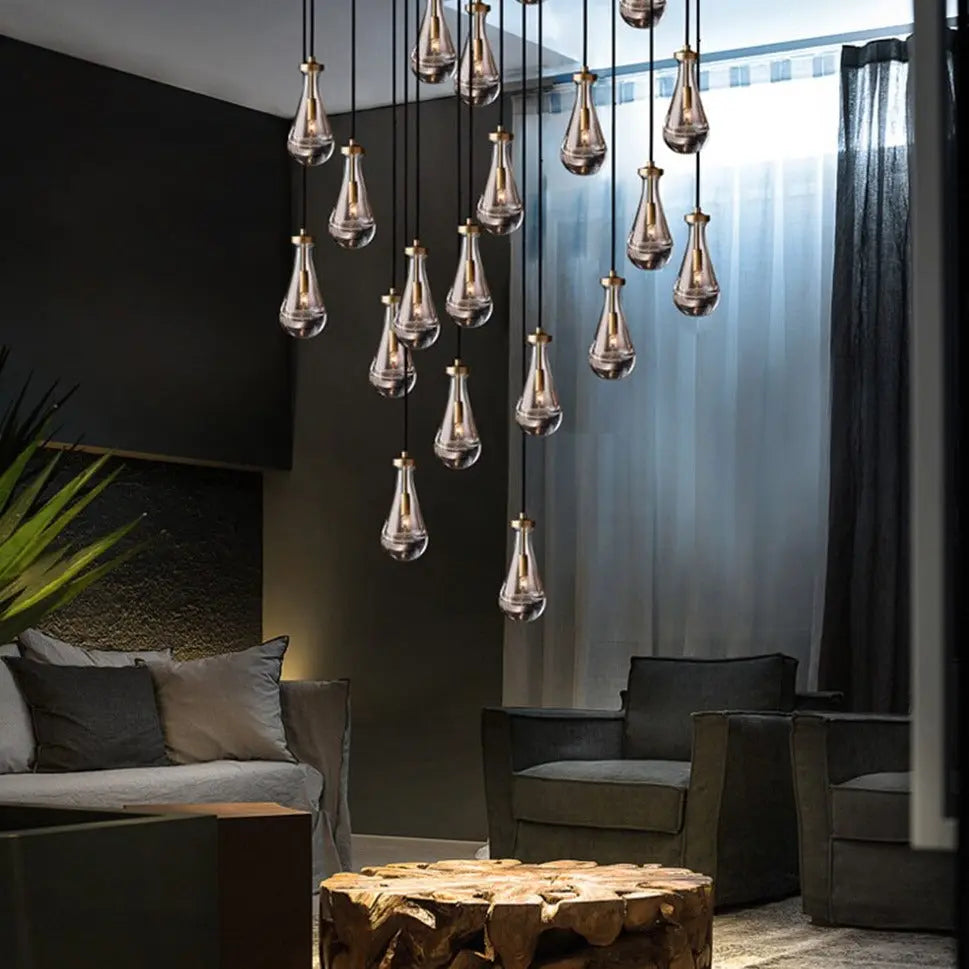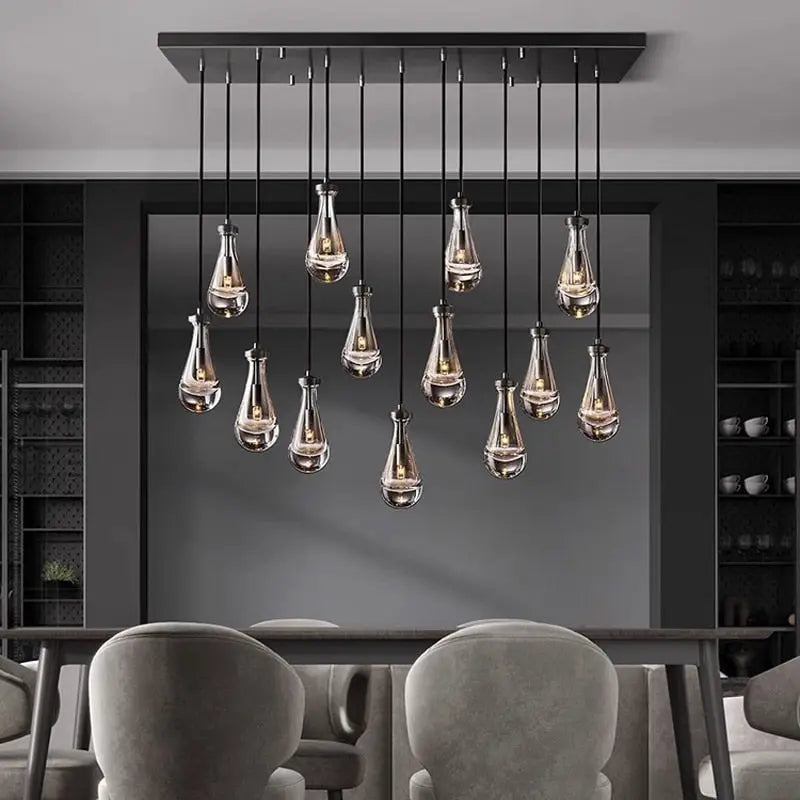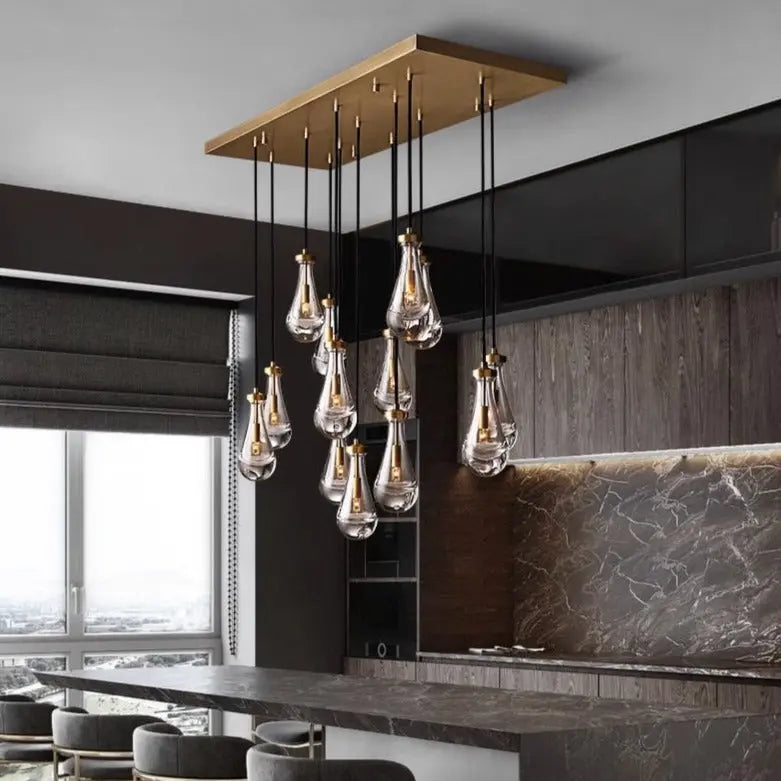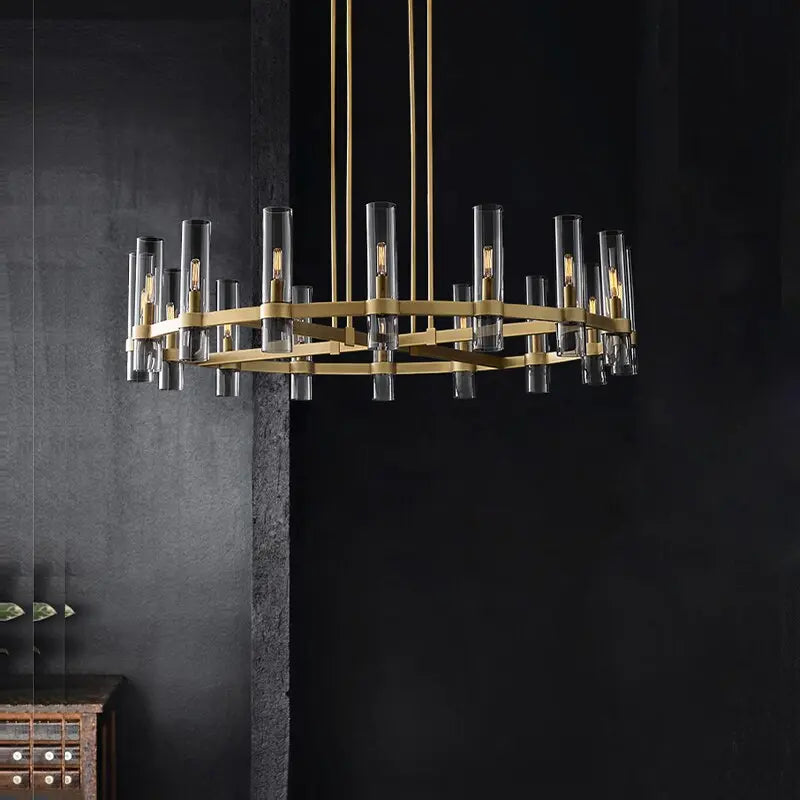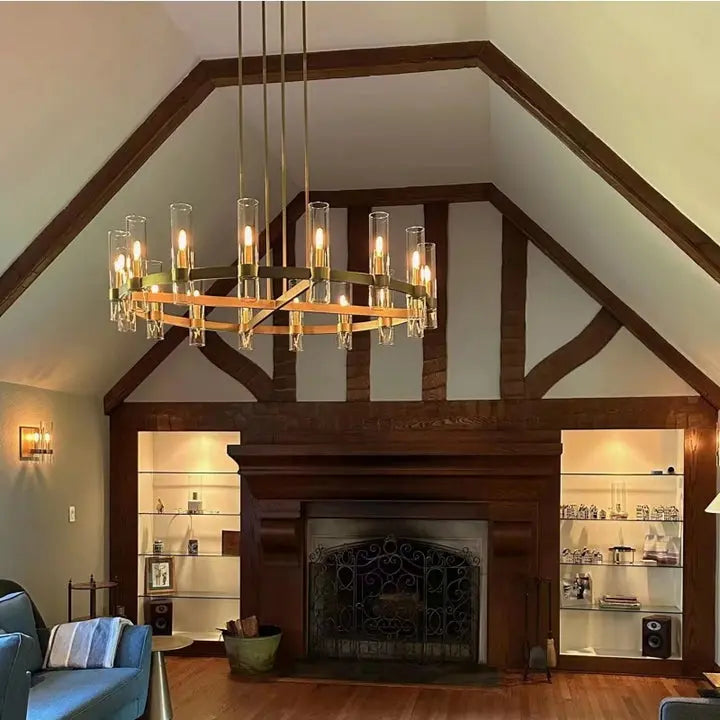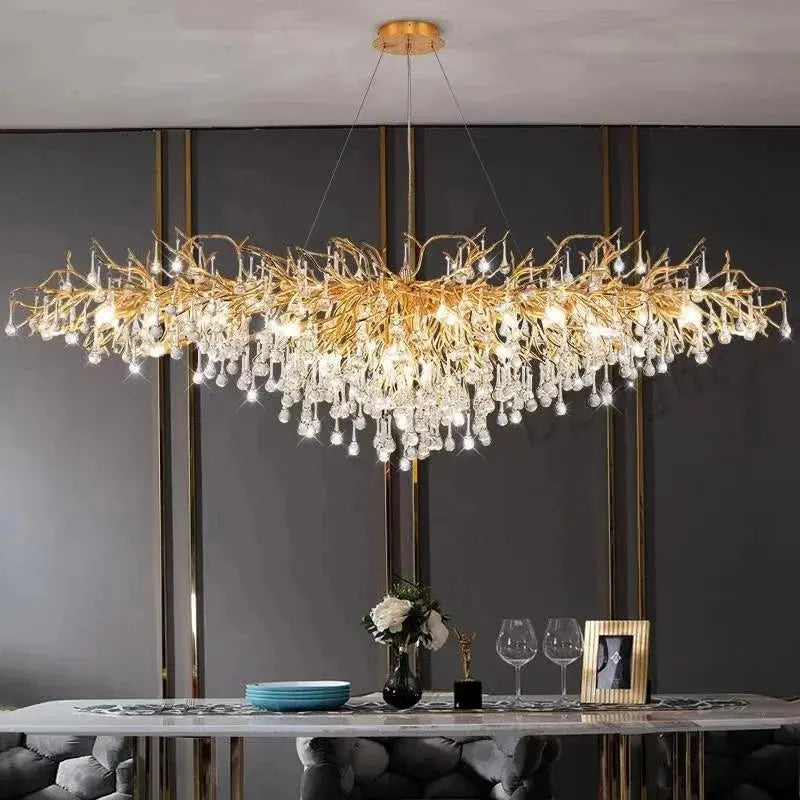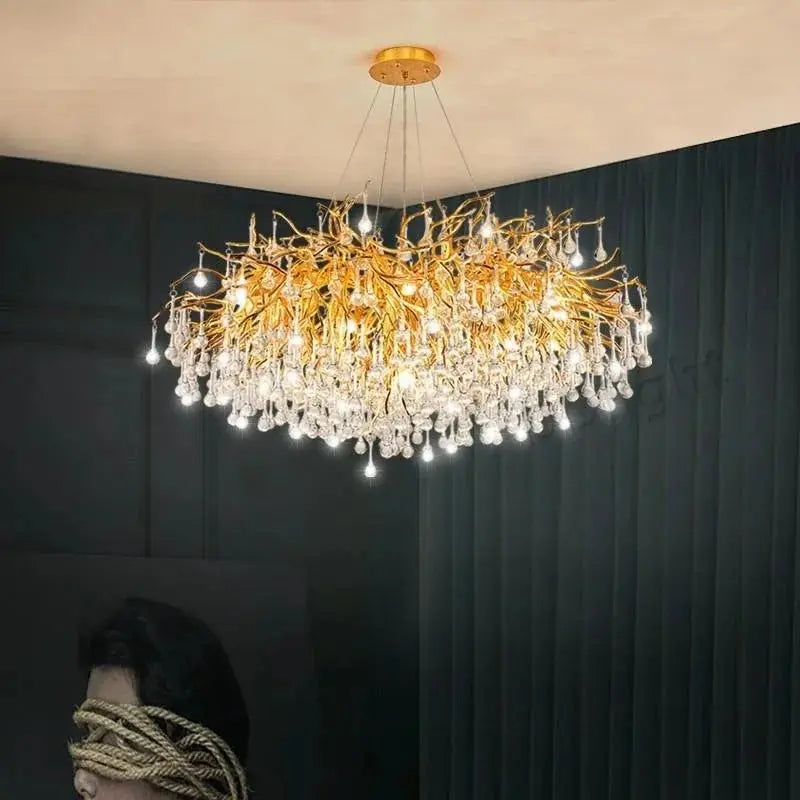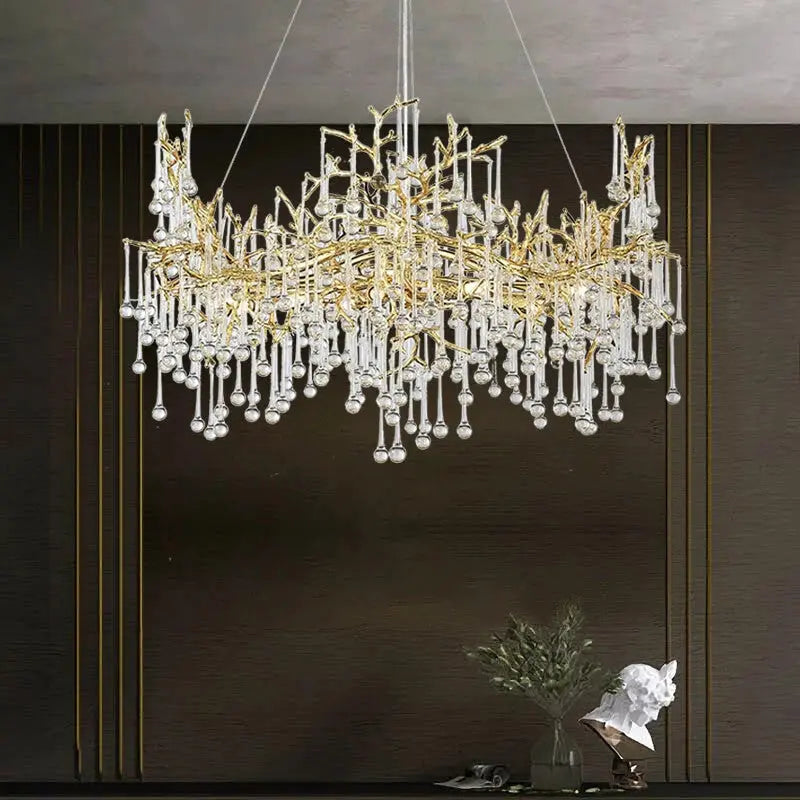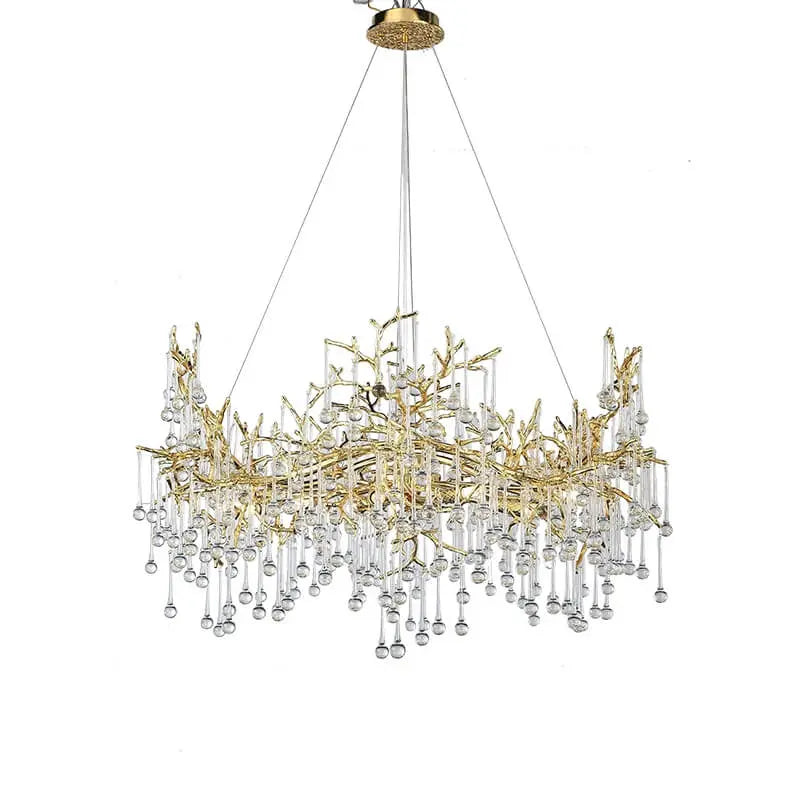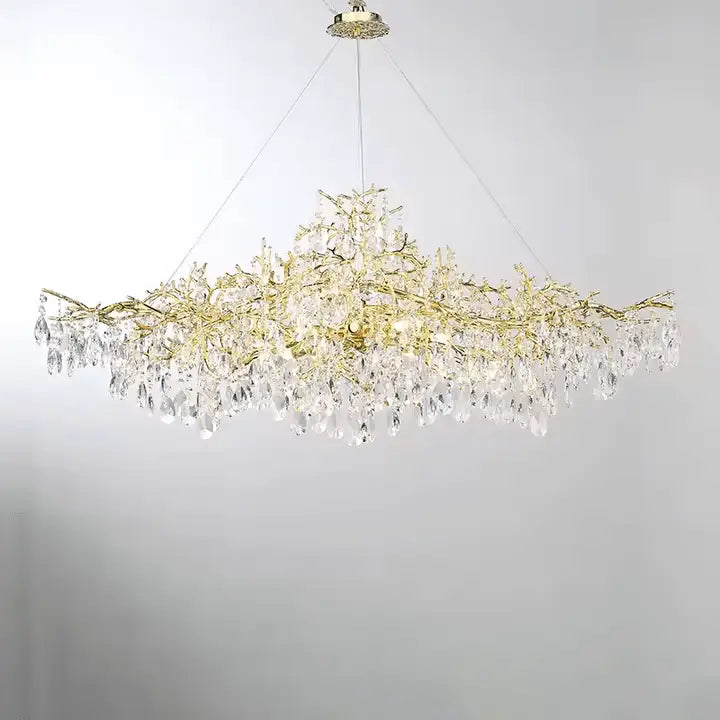Creating eco-friendly living spaces is more important than ever as we strive to reduce our impact on the environment. This article explores innovative strategies for sustainable home design, focusing on practical solutions that can make a difference. From harnessing solar power to utilizing smart home technologies, these approaches not only benefit the planet but also enhance our quality of life. Let's dive into some key takeaways that can help you design a greener home.
Key Takeaways
- Solar panels can significantly lower energy costs and reduce reliance on fossil fuels.
- Water-saving technologies, like rainwater harvesting and low-flow fixtures, can cut water usage by up to 30%.
- Green walls and roofs improve air quality and provide natural insulation for homes.
- Energy-efficient appliances lower utility bills and minimize harmful emissions.
- Smart home systems help monitor and manage energy and water use, promoting a sustainable lifestyle.
Harnessing Solar Power for Sustainable Home Design
Solar power is a key player in creating sustainable homes. It allows homeowners to use the sun's energy to reduce their electricity bills and carbon footprint. Here’s how you can effectively harness solar energy in your home design:
Benefits of Solar Energy
- Cost Savings: Using solar energy can significantly lower your electricity bills.
- Environmental Impact: Solar power reduces reliance on fossil fuels, helping to combat climate change.
- Energy Independence: Generating your own electricity means less dependence on utility companies.
Types of Solar Panels
| Type of Solar Panel | Description | Efficiency |
|---|---|---|
| Monocrystalline | Made from a single crystal structure, these panels are highly efficient and space-saving. | 15-22% |
| Polycrystalline | Made from multiple crystal structures, these are generally less expensive but slightly less efficient. | 13-16% |
| Thin-Film | Lightweight and flexible, these panels are easier to install but have lower efficiency. | 10-12% |
Installation and Maintenance Tips
- Choose the Right Location: Ensure your panels are installed in a spot that gets plenty of sunlight.
- Regular Cleaning: Keep your panels clean to maintain efficiency; dirt and debris can block sunlight.
- Professional Help: Always hire a certified installer to ensure proper setup and safety.
Harnessing solar power is not just about saving money; it’s about creating a sustainable home design that benefits the planet.
By integrating solar energy into your home, whether it’s a townhouse home design or a luxury home design, you can contribute to a greener future while enjoying the benefits of modern technology.
Water Conservation Techniques in Eco-Friendly Homes
Water conservation is essential for creating sustainable living spaces. By implementing effective strategies, homeowners can significantly reduce their water usage and contribute to a healthier environment.
Rainwater Harvesting Systems
- Collecting rainwater can be a great way to save water. Install gutters and downspouts to direct rainwater into storage tanks.
- This water can be used for:
- Flushing toilets
- Watering gardens
- Irrigation systems
Greywater Recycling Methods
- Greywater systems recycle water from sinks, showers, and washing machines.
- This water can be reused for:
- Landscape irrigation
- Toilet flushing
- Using greywater can reduce overall water consumption by up to 50%.
Low-Flow Fixtures and Their Advantages
- Installing low-flow fixtures is an easy way to save water. These include:
- Low-flow showerheads
- Faucet aerators
- High-efficiency toilets
- These fixtures can cut water usage by up to 30%, making them ideal for contemporary homes.
Implementing these water conservation techniques not only helps the environment but also saves money on water bills.
By adopting these methods, homeowners can create eco-friendly living spaces that are both sustainable and cost-effective.
Incorporating Green Walls and Roofs
Green walls and roofs are innovative designs that bring nature into our homes. They provide many benefits for both the environment and the people living in these spaces. Here’s a closer look at their advantages:
Benefits of Green Walls
- Improved Air Quality: Plants absorb carbon dioxide and release oxygen, making the air cleaner.
- Temperature Regulation: They help keep buildings cooler in summer and warmer in winter.
- Aesthetic Appeal: Green walls add beauty and a unique look to any home.
Types of Green Roofs
| Type of Green Roof | Description |
|---|---|
| Extensive | Lightweight, low-maintenance, and suitable for small plants. |
| Intensive | Heavier, can support larger plants and even trees, requires more maintenance. |
| Semi-Intensive | A mix of both, offering flexibility in plant choices. |
Installation and Maintenance
- Choose the Right Location: Ensure the roof can support the weight of the plants and soil.
- Select Suitable Plants: Opt for native plants that require less water and care.
- Regular Maintenance: Check for weeds, pests, and ensure proper drainage to keep the green space healthy.
Green walls and roofs not only enhance the beauty of a home but also contribute to a healthier environment by supporting local wildlife and reducing energy costs.
Incorporating these features into your home design can lead to a more sustainable and eco-friendly living space. Consider adding bamboo lamps to complement your green design, as they are both stylish and eco-friendly!
Energy-Efficient Appliances for Sustainable Living
Energy-efficient appliances are essential for creating energy-efficient homes. They not only help reduce energy consumption but also lower utility bills. Here are some key points to consider:
Advantages of Energy-Efficient Appliances
- Lower Energy Bills: These appliances consume less electricity, leading to significant savings over time.
- Environmental Impact: Using energy-efficient appliances helps reduce greenhouse gas emissions, contributing to a healthier planet.
- Longer Lifespan: Many energy-efficient appliances are built to last longer, which means fewer replacements and less waste.
Top Energy-Efficient Appliances to Consider
| Appliance Type | Energy Star Rating | Estimated Annual Savings |
|---|---|---|
| Refrigerator | 20% more efficient | $200 |
| Washing Machine | 30% more efficient | $150 |
| Dishwasher | 12% more efficient | $100 |
Cost Savings and Environmental Impact
Investing in energy-efficient appliances can lead to:
- Reduced Energy Costs: Save money on monthly bills.
- Lower Carbon Footprint: Help combat climate change by using less energy.
- Increased Home Value: Energy-efficient features can make your home more attractive to buyers.
By choosing energy-efficient appliances, you are making a positive impact on both your wallet and the environment. This is a crucial step in energy-efficient home design.
In summary, incorporating energy-efficient appliances into your home not only promotes sustainability but also enhances your living experience in apartment homes and beyond. Embrace these innovations for a greener future!
Smart Home Technologies for Eco-Friendly Living
In today's world, smart home technologies are revolutionizing how we live sustainably. These technologies not only enhance comfort but also significantly reduce energy consumption in eco-friendly homes. Here are some key components:
Smart Thermostats and Their Benefits
- Energy Savings: Smart thermostats learn your schedule and adjust temperatures accordingly, which can lead to a reduction in energy bills.
- Remote Control: You can control your home's temperature from anywhere using your smartphone.
- Zone Control: This allows different rooms to be heated or cooled independently, making it ideal for minimalist homes.
Energy-Saving Smart Lighting
- Motion Sensors: Lights turn on only when someone is present, saving energy.
- Timers: Set lights to turn off automatically at certain times.
- LED Bulbs: These use less energy and last longer than traditional bulbs, making them perfect for modern home design.
Water Consumption Monitoring Systems
- Smart Irrigation: Automatically waters your garden based on weather conditions, reducing water waste.
- Leak Detection: Alerts you to leaks in your plumbing, helping to conserve water.
- Usage Tracking: Monitors your water usage, allowing you to identify areas for improvement.
Smart home technologies not only make life easier but also contribute to a healthier planet. By integrating these systems, homeowners can enjoy the benefits of luxury homes while being environmentally responsible.
By adopting these smart technologies, you can transform your living space into a smart home that is both efficient and eco-friendly. This approach is essential for anyone looking to create a sustainable lifestyle in their townhouse homes or affordable homes.
Using Sustainable and Natural Materials
Creating a sustainable home starts with choosing the right materials. Using sustainable and recycled materials not only helps the environment but also enhances the beauty of your home. Here are some key areas to consider:
Eco-Friendly Flooring Options
- Bamboo: A fast-growing plant that is strong and durable.
- Cork: Harvested from the bark of cork oak trees, it’s renewable and provides good insulation.
- Reclaimed Wood: Old wood that has been repurposed, adding character and reducing waste.
Sustainable Wall and Roofing Materials
- Bamboo and Recycled Wood: Great for walls, offering a natural look.
- Rammed Earth: A mixture of soil and clay that is strong and energy-efficient.
- Natural Slate: A durable roofing option that is also aesthetically pleasing.
Benefits of Using Recycled Materials
- Cost-Effective: Often cheaper than new materials.
- Unique Aesthetic: Each piece has its own history and character, like a luxury marble chandelier.
- Environmental Impact: Reduces waste and conserves resources.
| Material Type | Benefits | Examples |
|---|---|---|
| Flooring | Durable, renewable | Bamboo, Cork, Reclaimed Wood |
| Walls | Strong, energy-efficient | Rammed Earth, Recycled Wood |
| Roofing | Long-lasting, eco-friendly | Natural Slate, Recycled Metal |
Choosing sustainable materials is not just about being eco-friendly; it’s about creating a home that you love and that lasts.
Incorporating these materials into your home design can lead to a more sustainable and beautiful living space. Whether it’s a sophisticated marble chandelier or eco-friendly flooring, every choice counts towards a greener future.
Designing Multi-Functional Spaces for Sustainability
Creating multi-functional spaces is essential for sustainable home design. These spaces help maximize the use of available area while minimizing environmental impact. Here are some effective strategies:
Convertible Furniture Ideas
- Sofas that convert into beds: Perfect for guest rooms that double as living areas.
- Folding tables: Great for dining and workspace, allowing flexibility in small areas.
- Storage ottomans: Provide seating and storage, reducing clutter.
Open Floor Plans for Versatile Living
- Combining kitchen and dining areas: Encourages social interaction and efficient use of space.
- Living rooms that serve as offices: Ideal for remote work without needing a separate room.
- Flexible partitioning: Use movable walls to change the layout as needed.
Maximizing Space Efficiency
- Built-in storage solutions: Utilize vertical space to keep areas organized.
- Multi-purpose rooms: Design spaces that can easily transition from one function to another.
- Smart design choices: Incorporate elements like natural lighting to enhance the ambiance without extra energy costs.
Multi-functional spaces not only save resources but also promote a more sustainable lifestyle by reducing the need for larger homes.
By focusing on these strategies, homeowners can embrace affordable interior design that aligns with eco-friendly principles, making their living spaces both functional and sustainable.
Passive Solar Design Principles
Orientation and Layout Considerations
To make the most of natural sunlight, it's essential to position your home correctly. Here are some key points to consider:
- South-facing windows: These allow sunlight to warm your home during winter.
- Avoid too many west-facing windows: They can create glare and heat during summer.
- Deciduous trees: Plant them in front of south-facing windows to block summer sun but let in winter light.
Thermal Mass and Insulation
Using materials that can store heat is crucial for maintaining a comfortable temperature. Here are some effective options:
- Insulated Concrete Forms (ICF): These walls help keep your home warm in winter and cool in summer.
- High thermal mass materials: Such as stone or concrete, can absorb heat during the day and release it at night.
- Proper insulation: This reduces heat loss and keeps your home energy-efficient.
Natural Daylighting Techniques
Bringing in natural light can reduce the need for artificial lighting. Consider these methods:
- Skylights: They can brighten up dark areas of your home.
- Light-colored walls: These reflect light and make spaces feel larger.
- Open floor plans: They allow light to flow through your home more easily.
By using these passive solar design principles, you can create a home that is not only comfortable but also energy-efficient. Sustainable design is about making choices that benefit both you and the environment.
Passive solar design is all about using the sun's energy to keep your home warm in winter and cool in summer. By placing windows and walls in the right spots, you can save on heating and cooling costs. Want to learn more about how to make your home energy-efficient? Visit our website for tips and products that can help!
Conclusion
In summary, as we face serious issues like climate change, there's a growing interest in building homes that are good for the planet. By focusing on using less energy, choosing eco-friendly materials, and applying new technologies, these green homes not only help the environment but also make life better for the people living in them. As we look to the future, it's important to include these ideas in how we design and build homes to lessen our impact on Earth.
Frequently Asked Questions
What are the main benefits of solar energy in home design?
Solar energy helps reduce electricity bills, lowers carbon emissions, and provides a renewable energy source for your home.
How do I choose the right solar panels for my home?
Consider factors like efficiency, warranty, and cost. Research different brands and consult with a professional installer.
What are some effective water-saving techniques for homes?
Techniques include using low-flow fixtures, installing rainwater harvesting systems, and recycling greywater.
What are green walls and how do they benefit my home?
Green walls are vertical gardens that improve air quality, reduce heat, and add beauty to your home.
Why should I invest in energy-efficient appliances?
Energy-efficient appliances save money on utility bills, reduce energy consumption, and help protect the environment.
How can smart home technology contribute to eco-friendly living?
Smart home devices can monitor energy use, control lighting, and manage water consumption, leading to lower utility bills and a smaller carbon footprint.

